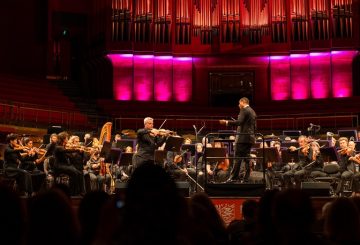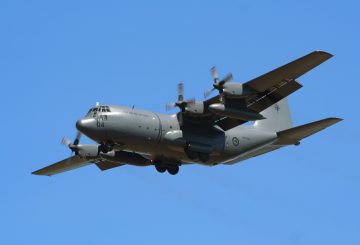
新西兰的封锁将延长惠灵顿确认的 3 例 Covid 病例
新西兰的 Covid 病例总数为 31 例
总理哈辛达·阿登在下午 3:00 的媒体发布会上告知新西兰人,目前对全国的 4 级封锁将延长至 2021 年 8 月 24 日星期二下午 11:59。
总理说:“我们必须保持警惕,我们无法让该国任何人离开 4 级。”
她无法确认封锁日期是否会超过周二晚上,但是阿尔登告诉媒体,内阁将于 8 月 23 日星期一举行会议,以决定是放宽还是延长 4 级限制。
阿尔登说:“现在得出任何合理的结论还为时过早。”“我们仍然需要非常警惕。”
阿德恩说:“我们仍在等待大量测试返回,这将有助于我们了解这次疫情的严重程度。”“我们确实知道我们正在处理并非孤立于奥克兰的疫情,在惠灵顿发生了病例。”
在目前封锁开始之前,惠灵顿确诊的 3 例病例都在奥克兰期间访问了感兴趣的地方。一个人飞往惠灵顿,另外两个人开车旅行。航班详情尚未公布。
总理敦促新西兰人检查感兴趣的地点 —— 如果你当时和日期在那里,请接受测试。
她敦促任何有感冒和流感症状的人都应该接受检查,如果你是联系人,请待在家里隔离。
“其他人都应该待在家里坚持泡沫。”
“你必须在乳品店和超市戴口罩-以及当你一般离开家的时候”
她说,当你访问基本服务时,洗手然后扫描。
“尽管我们都想封闭 2020 年的记忆,但我们以前一直在这里,我们知道消除战略有效。”
“每个人都需要发挥自己的作用。”
卫生部总干事阿什利·布卢姆菲尔德证实目前有 31 例病例,公共卫生小组目前正在采访奥克兰和惠灵顿的受感染者。
布卢姆菲尔德说,他建议内阁将 4 级封锁延长到全国各地。他说,现在知道是否所有带有 Covid 的人都已被识别出来还为时过早。
截至今天下午 2 点,总干事建议已确定 2363 人是这次疫情的接触者。该号码不包括奥克兰中心基督教会和阿文代尔学院的联系人。
布卢姆菲尔德说:“如果你在感兴趣的地方,那么你应该接受测试并与其他人隔离开来。”
提醒一点,12 岁以上的任何人在访问商店、加油站、药店和其他基本服务时必须佩戴口罩。这些地方的工作人员也需要戴口罩。
巴士总站和出租车也必须佩戴口罩。





























































